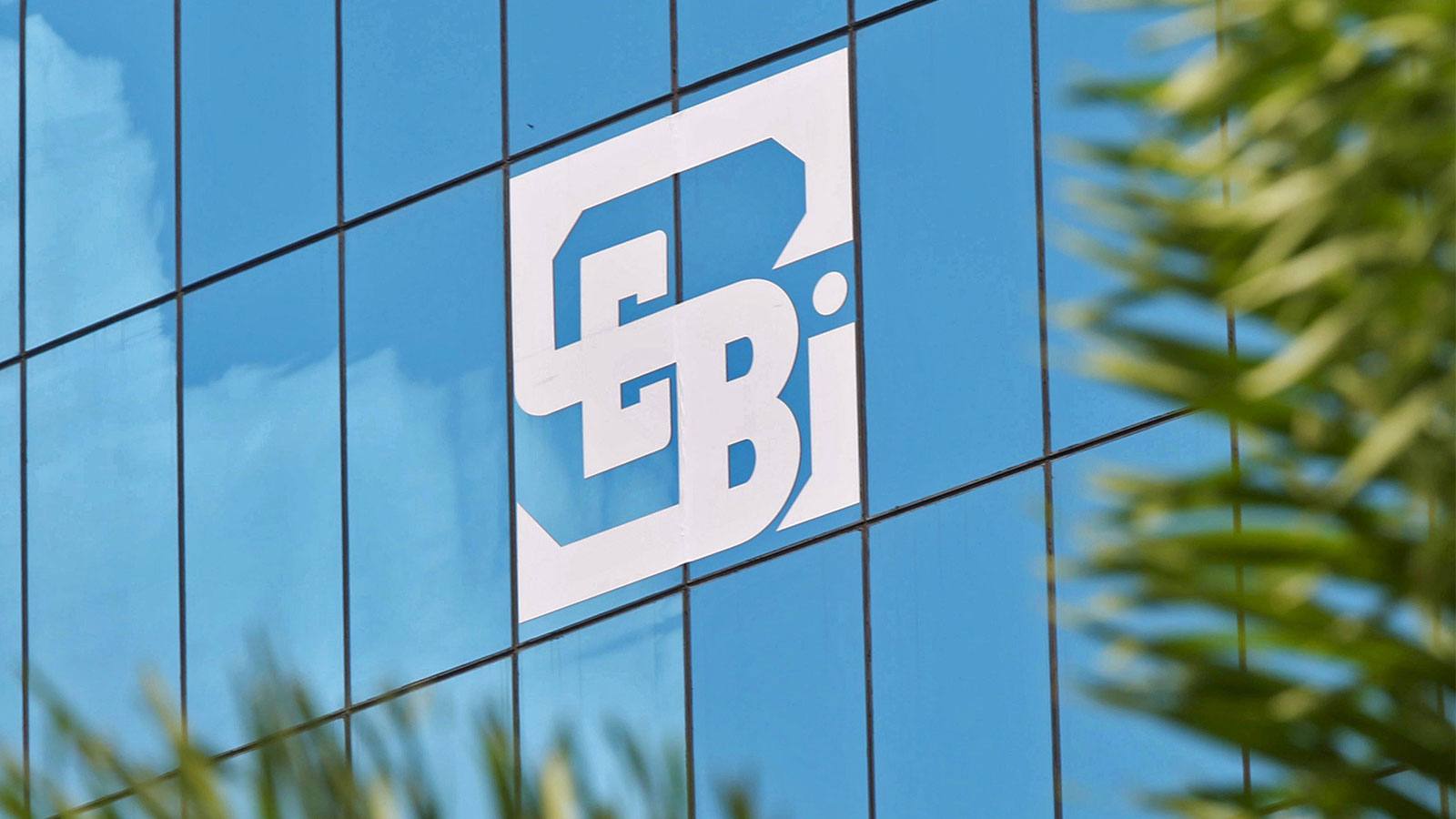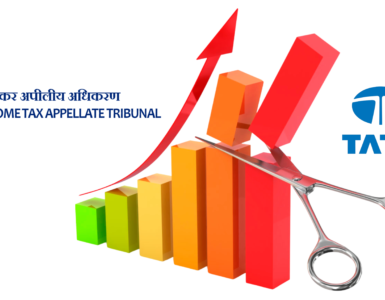On 2nd September 2015, Security Exchange Board of India (SEBI) has notified SEBI (Listing Obligations and Disclosure Requirements) Regulations, 2015 (Listing Regulations). A time period of ninety days has been given for implementing the Regulations.
INTRODUCTION:
Listing regulations would consolidate and streamline the provisions of existing listing agreements for different segments of the capital market namely equity (including convertibles) issued by entities listed on the main board of the stock exchanges, small and medium enterprises listed on SME Exchange and Institutional Trading Platform, non-convertible debt securities, non-convertible redeemable preference shares, Indian depository receipts, securitised debt Instruments and units issued by mutual fund schemes.
As recent amendments made in the Companies Act, 2013 has changed the requirement of special resolution for related party deals to that of ordinary resolution. As part of aligning the listing provisions with those of the Act, SEBI has also made similar changes.
APPLICABILITY OF REGULATIONS:
These regulations shall apply to a Listed Entity which has listed any of the following designated securities on recognised Stock Exchange (s):-
- Specified Securities listed on Main Board or SME Exchange or Institutional trading platform,
- Non- Convertible debt securities, non-convertible redeemable preference shares, perpetual debt instrument, perpetual non-cumulative preference shares,
- Indian Depository receipts,
- Securitised debt instruments,
- Units issued by Mutual funds,
- Any other securities as may be specified by Board.
PROVISIONS APPLICABLE WITH IMMEDIATE EFFECT:
Two provisions of the regulations, which are facilitating in nature, are applicable with immediate effect:-
- Passing of ordinary resolution instead of a special resolution in case of all material related party transactions subject to related parties abstaining from voting on such resolutions, in line with the provisions of the Companies Act, 2013.
According to this regulation –Definition Of Related PARTY
“Related Party” means a related party as defined under sub-section (76) of section 2 of the Companies Act, 2013 or under the applicable accounting standards,
Provided that this definition shall not be applicable to the units issued by mutual funds which are listed on a recognised stock exchange(s).
Definition as per Companies Act, 2013
“related party”, with reference to a company, means—- A director or his relative;
- A key managerial personnel or his relative;
- A firm, in which a director, manager or his relative is a partner;
- A private company in which a director or manager is a member or director;
- A public company in which a director or manager is a director or holds along with his relatives, more than two per cent. of its paid-up share capital;
- Any body corporate whose Board of Directors, managing director or manager is accustomed to act in accordance with the advice, directions or instructions of a director or manager;
- Any person on whose advice, directions or instructions a director or manager is accustomed to act:
Provided that nothing in sub-clauses (vi) and (vii) shall apply to the advice, directions or instructions given in a professional capacity; - Any company which is—
- a holding, subsidiary or an associate company of such company; or
- a subsidiary of a holding company to which it is also a subsidiary;
- such other person as may be prescribed;
DEFINITION OF RELATED PARTY TRANSACTIONS:
- Transfer of resources, services or obligations between a listed entity and a related party,
- regardless of whether a price is charged and
- Include a single transaction or a group of transactions in a contract.
Provided that this definition shall not be applicable to the units issued by mutual funds which are listed on a recognized stock exchange(s);
- Re-classification of promoters as public shareholders under various circumstances.-
- All entities falling under promoter and promoter group shall be disclosed separately in the shareholding pattern appearing on the website of all stock exchanges having nationwide trading terminals where the specified securities of the entity are listed, in accordance with the formats specified by SEBI.
- The stock exchange shall allow modification or reclassification of the status of the shareholders, only upon receipt of a request from the concerned listed entity or the concerned shareholders along with all relevant evidence and on being satisfied with the compliance of conditions mentioned in this regulation
- In the case of entities listed on more than one stock exchange, the concerned stock exchanges shall jointly decide on the application of the entity/shareholders, as specified in sub-regulation(2).
- In the case of transmission/succession/inheritance, the inheritor shall be classified as a promoter.
- When a new promoter replaces the previous promoter subsequent to an open offer or in any other manner, re-classification may be permitted subject to the approval of shareholders in the general meeting and compliance of the certain conditions.
- Where an entity becomes professionally managed and does not have any identifiable promoter the existing promoters may be re-classified as public shareholders subject to approval of the shareholders at a general meeting.Explanation: – For the purposes of this sub-regulation an entity may be considered as professionally managed, if-
- No person or group along with persons acting in concert taken together shall hold more than one per cent paid-up equity capital of the entity including any holding of convertibles/outstanding warrants/ Depository ReceiptsProvided that any mutual fund, bank, insurance company, financial institution, foreign portfolio investor may individually hold up to ten per cent paid-up equity capital of the entity including any holding of convertibles/outstanding warrants/Depository Receipts.
- The promoters seeking reclassification and their relatives may act as key managerial personnel in the entity only subject to shareholders’ approval and for a period not exceeding three years from the date of shareholders’ approval.
- The promoter seeking reclassification along with his promoter group entities and the persons acting in concert shall not have any special right through formal or informal arrangements. All shareholding agreements granting special rights to such outgoing entities shall be terminated.
- Without prejudice to sub-regulations (5) and (6), re-classification of promoter as public shareholders shall be subject to the following conditions:
- Such promoter shall not, directly or indirectly, exercise control, over the affairs of the entity.
- Increase in the level of public shareholding pursuant to re-classification of promoter shall not be counted towards achieving compliance with a minimum public shareholding requirement under rule 19A of the Securities Contracts (Regulation) Rules, 1957, and the provisions of these 30 regulations.
- The event of re-classification shall be disclosed to the stock exchanges as a material event in accordance with the provisions of these regulations.
- The board may relax any condition for re-classification in specific cases if it is satisfied with non-exercise of control by the outgoing promoter or its persons acting in concert.
- If any public shareholder seeks to re-classify itself as a promoter, it shall be required to make an open offer in accordance with the provisions of SEBI (Substantial Acquisition of Shares and Takeovers) Regulations, 2011.
OUTLINE OF REGULATIONS:
The Listing Regulations have been sub-divided into Two Parts:-
- Substantive provisions incorporated in the main body of Regulations;
- Procedural requirements in the form of Schedules to the Regulations
SUBSTANTIVE PROVISIONS – DIVIDED INTO ELEVEN CHAPTERS
CHAPTER I – PRELIMINARY
This Chapter consists of:-
- Short Title and Commencement
- Definitions
- Applicability of the Regulations
CHAPTER II – Guiding Principles
The regulations start by providing broad principles (in line with International Organization of Securities Commissions – IOSCO Principles) for periodic disclosures by listed entities and also have incorporated the principles of corporate governance (in line with The Organisation for Economic Co-operation and Development – OECD principles). These principles underlie specific requirements prescribed in different chapters of the Regulations. In the event of the absence of specific requirements or ambiguity, these principles would serve to guide the listed entities.
This Chapter consists of:-
- Principles governing disclosure and obligations.
- Objective of this principles:-
- The Rights of Shareholders
- Timely Information
- Equitable Treatment
- Role of Stakeholders in Corporate Governance
- Disclosure and Transparency
- Responsibility of Board of Directors.
CHAPTER III – Common obligations applicable to all listed entities
Obligations which are common to all listed entities have been enumerated. These include general obligation of compliance of listed entity, appointment of common compliance officer, filings on electronic platform, mandatory registration on SCORES (SEBI Complaint Redress System), etc.
This Chapter consists of:-
- General Obligation of Compliance
- Compliance Officer and his obligations
- Share Transfer Agent
- Co-operation with intermediaries registered with the Board
- Preservation of Documents
- Filing of Information
- Scheme of arrangement
- Payment of dividend or interest or redemption or repayment
- Grievance Redressal Mechanism.
- Fees and other charges to be paid to the recognized stock exchange(s).
CHAPTER IV to IX – Obligations which are applicable to specific types of securities
Obligations which are applicable to specific types of securities have been incorporated in separate chapters.
It includes various chapters which deal with:
- Chapter IV- it gives a general view of obligations of listed entity which has listed its specified securities i.e its applicability, definitions, Board of Directors, Audit Committee and various other committees like Nomination and Remuneration Committee etc.
- Chapter V- obligations of listed entity which has listed its non-convertible debt securities or non-convertible redeemable preference shares or both.
- Chapter VI- it speaks about applicability of Chapter IV & V and Delisting
- Chapter VII- obligations of listed entity which has listed its Indian depository receipts
- Chapter VIII- obligations of listed entity which has listed its securitised debt instruments
- Chapter IX- obligations of listed entity which has listed its mutual fund units
CHAPTER X to XI – Obligations of stock exchanges and provisions in case of default
Stock Exchanges have been given responsibility to monitor compliance or adequacy/accuracy of compliance with provisions of these regulations and to take action for non-compliance.
It Includes:
- Chapter X- which speaks about duties and obligations of the recognised stock exchange(s).
- Chapter XI- which speaks about a procedure for action in case of default.
PROCEDURAL REQUIREMENTS – IS DIVIDED INTO NINE SCHEDULES
- Schedule I: Terms Of Securities
- Schedule II: Corporate Governance
- Schedule III: Disclosures Of Events Or Information
- Schedule IV: Financial Results
- Schedule V: Annual Report
- Schedule VI: Manner Of Dealing With Unclaimed Shares
- Schedule VII: Transfer Of Securities
- Schedule VIII – Manner Of Reviewing Form B Accompanying Annual Audited Results
- Schedule IX- Amendments To Other Regulations
CONCLUSION:
- The related provisions have been aligned and provided at a common place for ease of reference:-
- All clauses dealing with disclosure of events or information which may be material or price sensitive spread across the Listing Agreement have been provided as a schedule to the regulations.
- All disclosures required to be made on the website of the listed entity have been enumerated at a single place for ease of reference and all requirements pertaining to disclosures in annual report have been combined.
- Wherever necessary, the provisions in Listing Regulations have been aligned with those of the Companies Act, 2013. Some of the amendments to the Clause 49 that are more stringent than the corresponding provisions in the new Companies Act, 2013 include:
- Having at least one “Woman Director” on Board.
- Limiting outside directorships of Independent Directors (IDs) to 7 listed companies and 3 listed companies if the ID is a whole -time director in any listed company.
- Capping the maximum tenure of IDs at 10 years and 5 years if their tenure exceeds 5 years as at October 1st
- Requiring 2/3rd of members of Audit Committee to be IDs.
- Approval of all material related party transactions by shareholders through special resolutions and barring concerned related parties to cast votes.
- Disclosure of letter along with the reason for the resignation of IDs in the company website and stock exchanges.
- Disclosure of letter of appointment of IDs in company website and stock exchanges.
- Encouraging separation of roles of Chairman and CEO through a non-mandatory requirement.
- A shortened version of the Listing Agreement will be prescribed which will be required to be signed by a company getting its securities listed on Stock Exchanges. Existing listed entities will be required to sign the shortened version within six months of the notification of the regulations.




